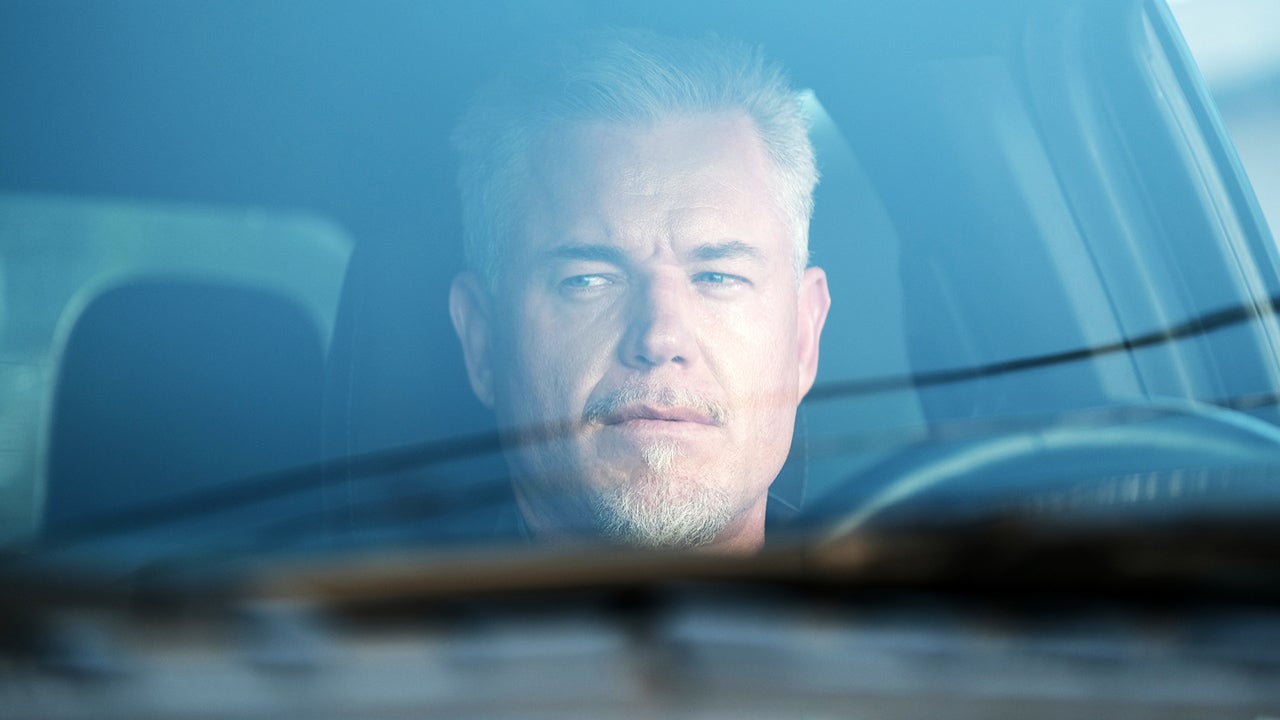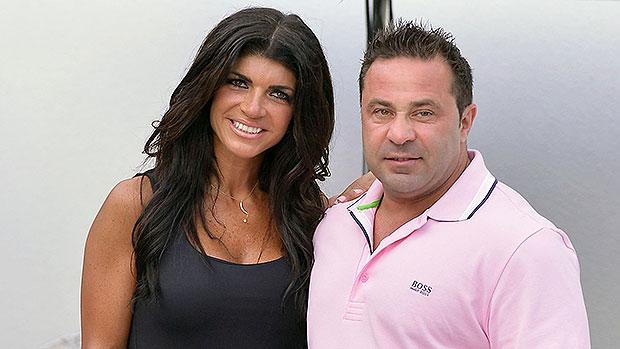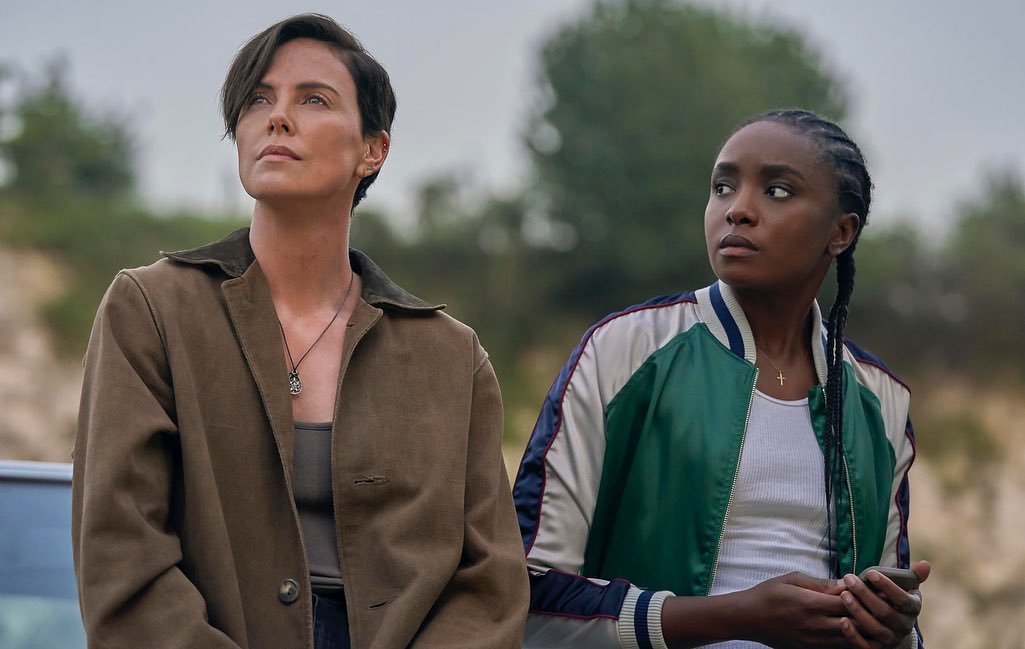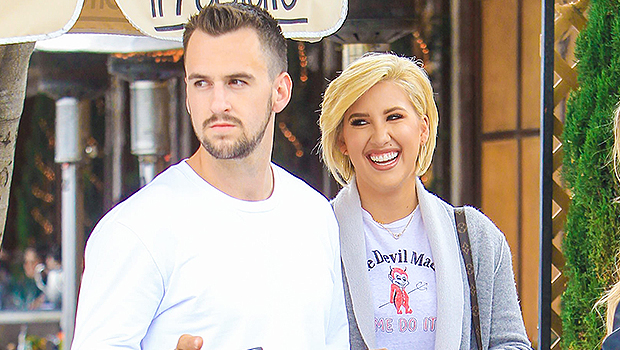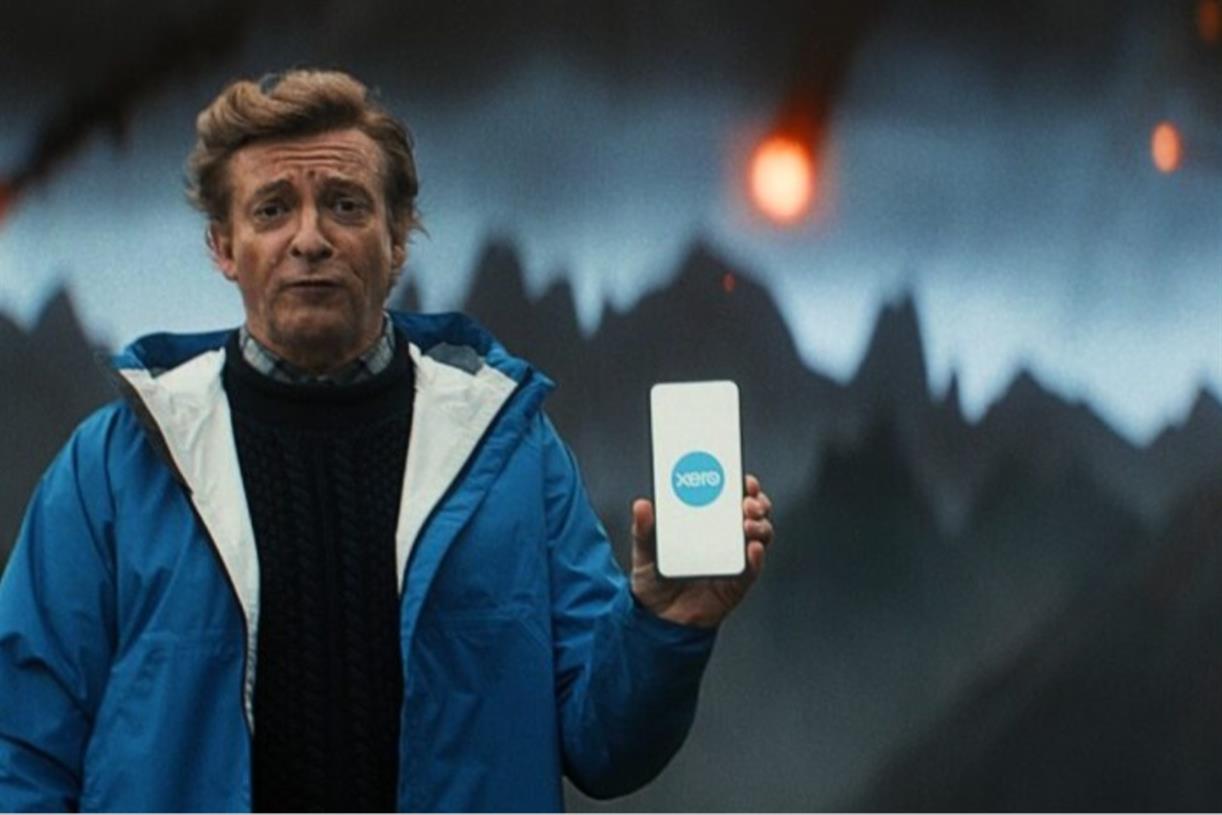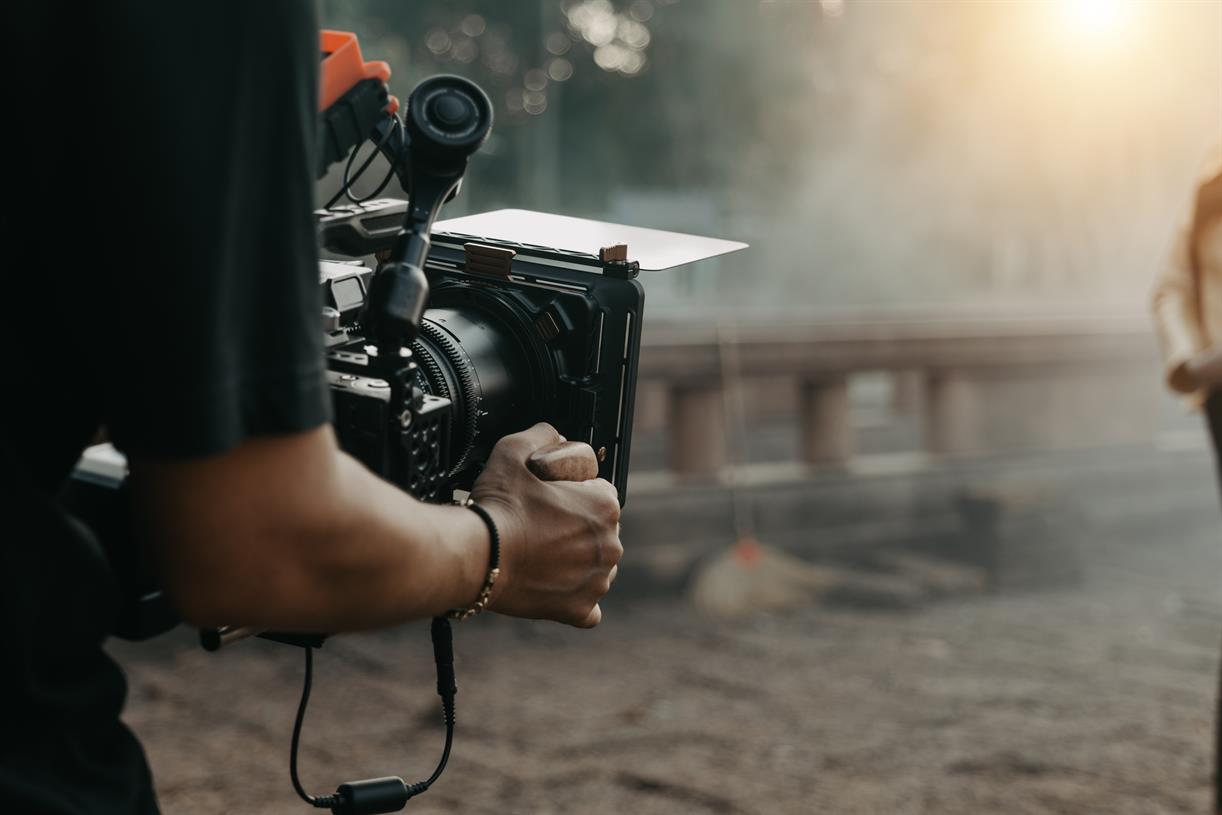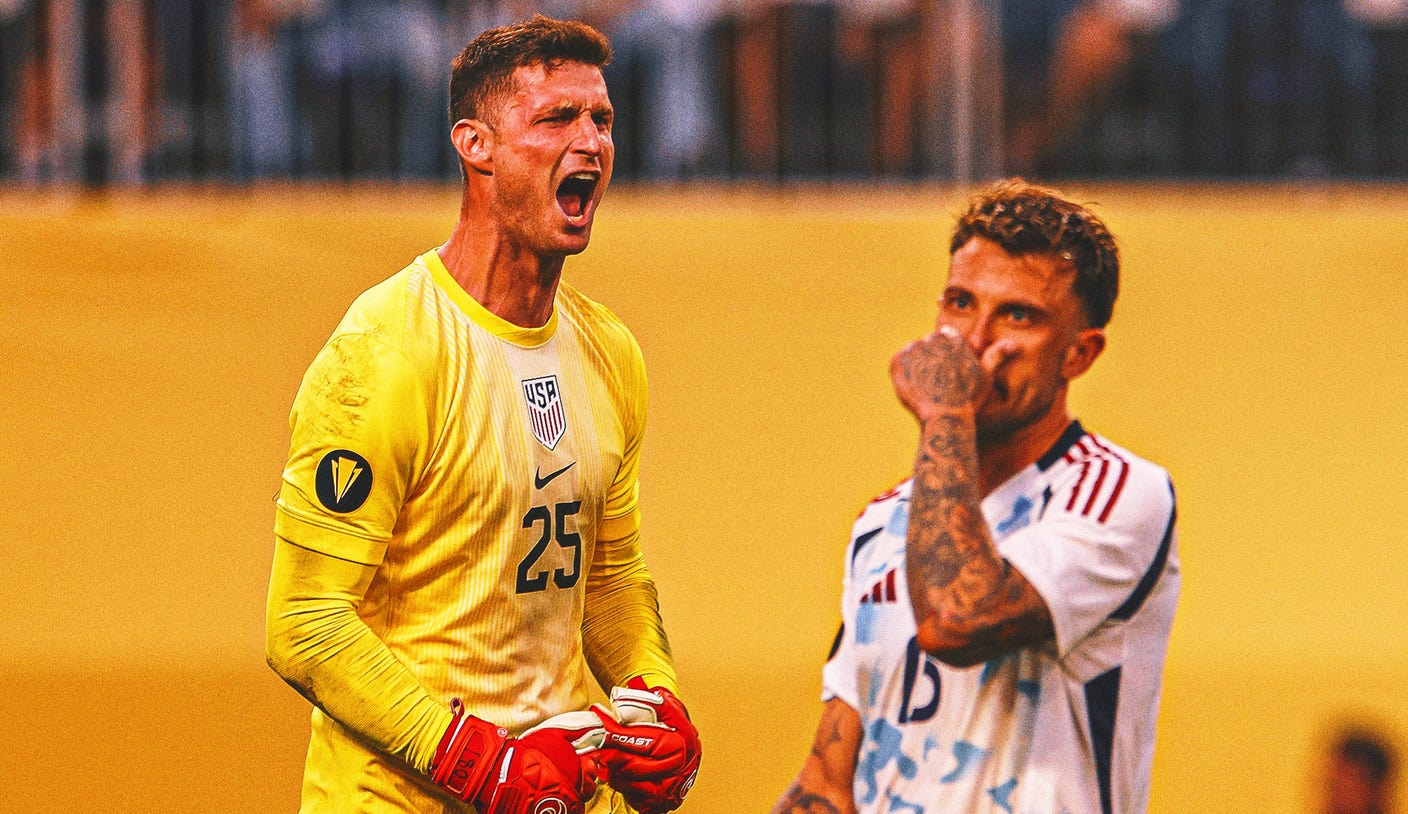Cannes 2022 Women Directors: Meet Romane Gueret & Lise Akoka – “The Worst Ones” (“Les Pires”)
Romane Gueret studied cinema at the Sorbonne and took her first steps toward directing as an assistant director, casting assistant, and camerawoman. A trained actress, Lise Akoka discovered, in the practice of casting and coaching children for the cinema,...
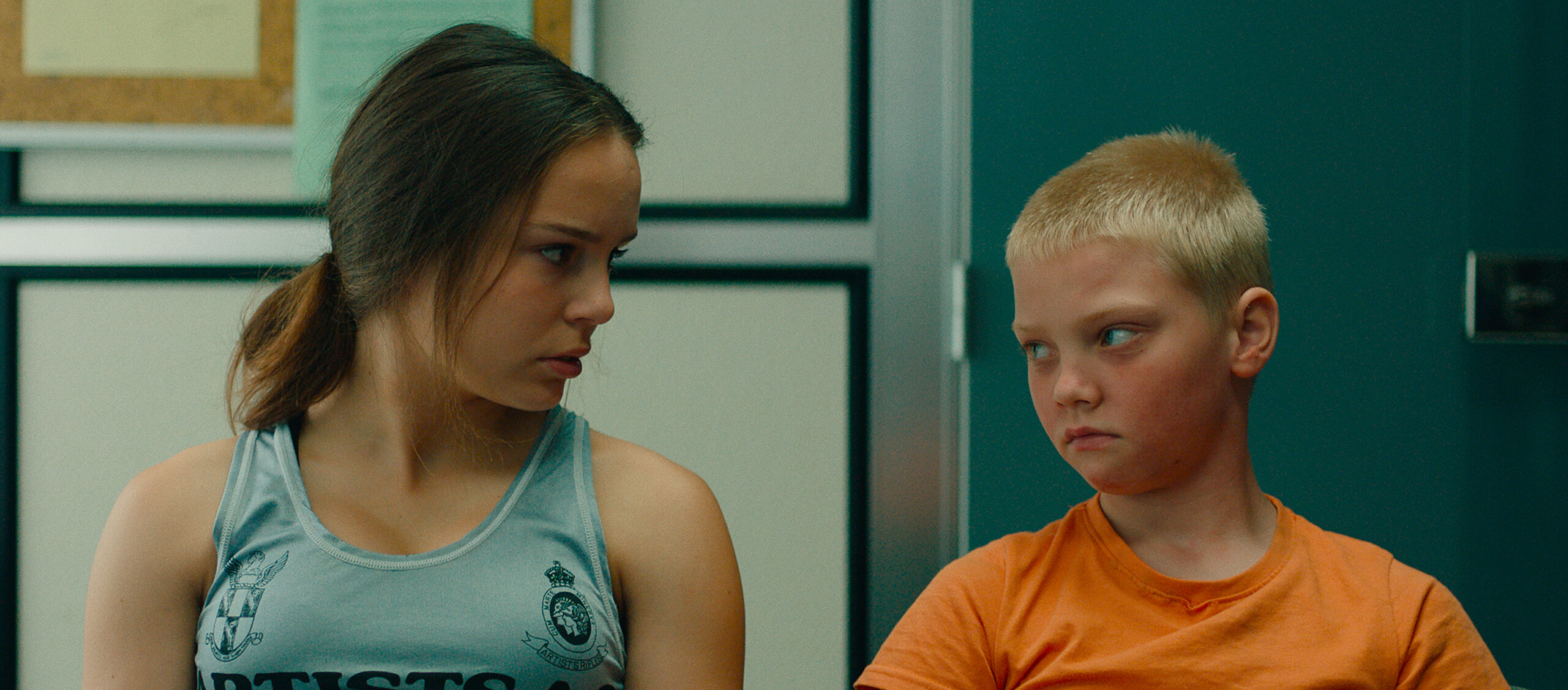
Romane Gueret studied cinema at the Sorbonne and took her first steps toward directing as an assistant director, casting assistant, and camerawoman. A trained actress, Lise Akoka discovered, in the practice of casting and coaching children for the cinema, a way of bringing together her interests. In 2014, they met during the casting of a feature film, for which they auditioned more than 4,000 young non-professional actors for several months.
Gueret and Akoka helmed the short film “Chasse Royale” in 2015, which won the Illy prize at the Quinzaine des Réalisateurs and was nominated for a César. In 2018 they co-directed the documentary “Allez garçon!” for the Hobbies Collection, which was broadcast on Canal+. Their web series “Tu préfères” was released on Arte Créative and selected for Sundance 2021. “The Worst Ones” (“Les Pires”) is their first feature.
“The Worst Ones” (“Les Pires”) is screening at the 2022 Cannes Film Festival, which is taking place May 17-28.
W&H: Describe the film for us in your own words.
RG&LA : “The Worst Ones” is the story of an encounter. That of two worlds that are almost opposites. The world of cinema, embodied by a film crew from Paris, and the world of children from an underprivileged neighborhood of Boulogne-sur-Mer. A rather elitist, idealistic universe of creation, faced with a less polished popular universe, more authentic too, in a sense. Their meeting takes place during the making of a film, “To Piss Against the Northwind.”
“The Worst Ones” is the story of the shoot of that film.
W&H: What drew you to this story?
RG&LA: “The Worst Ones” is somehow a sequel to “Chasse Royale,” our first short film, with the difference that our short film focuses on the moment of the casting, while our feature recounts the ensuing shoot. We both entered the film industry through wild casting, working on films as casting directors and child coaches, before making “Chasse Royale,” which is inspired by our experiences. To prepare for “The Worst Ones,” we returned to this area of the city of Valenciennes — of which the short film bears the name — which had inspired us so much, with the desire to continue to create a dialogue between two worlds that seemingly oppose one another a priori: that of a popular area and that of the cinema. But at the base of these two films, there is above all our common passion for the world of damaged childhood, which echoes intimate concerns for each of us.
W&H: What do you want people to think about after they watch the film?
RG&LA: We hope that “The Worst Ones” can become the chosen ones, the heroes, and we understand it as a beautiful tribute to all these children damaged by life. Regardless of their background and their level of education, their innate gift transcends class logic. Some kids are artists who ignore themselves, even if their chance to express themselves is rarer in certain circles. “The Worst Ones” carries the hope for a possible meeting at this place in the cinema between worlds that nothing predestines to meet.
W&H: What was the biggest challenge in making the film?
RG&LA: The biggest challenge is at the heart of what the film discusses but also of its production: the wild casting — i.e. casting non-professional actors. It is a choral film carried by young non-professional actors, who need to be supported, framed, and coached at all times.
But, from this difficulty, beauty and grace is born.
W&H: How did you get your film funded? Share some insights into how you got the film made.
RG&LA: It’s an in-between one. Indeed, we have benefited from the support of French television channels (France 3, Canal+, Ciné +), the CNC, the region in which we shot, as well as our distributor Pyramide, which also handles international sales.
W&H: What inspired you to become a filmmaker?
LA: When I was younger I was fascinated by films with children. I only saw that. At that time, I especially wanted to be in their place. Later I went to theater school, and at the same time, I studied psychology with the desire to work with young children. My vocation as a director is at the crossroads of these centers of interest. Telling stories about childhood, especially when it is hurt in one way or another, is my first driving force in my desire to make films.
RG: I had a difficult time at school and the gaze of adults, the school, and others was painful. I think that at the beginning I wanted to prove to myself that I was capable of doing something and I felt that for the first time by writing, photographing, making small clips. I felt that the cinema could perhaps allow me to express myself more freely, without going into predefined boxes. Six years ago, after several experiences in directing, I found myself casting a feature film, where I met Lise. The result was our first short film, which confirmed my visceral desire to make films.
W&H: What’s the best and worst advice you’ve received?
LA: Best advice: Never lose sight of what you want to say, that’s all that matters, what the film says; the rest, the surroundings, does not matter.
Worst advice: Often ready-made formulas that convey questionable values such as “you can only rely on yourself.”
RG: Best advice: I recently heard the pianist Michel Pettrucciani say that he learned to be the pianist he was by playing like the people he loved. That it is by imitating those who fascinate us that we necessarily develop our own personality. I found that very fair.
The worst: My six-year-old sister, who told me, “You’re not patient enough, you’ll never be a Jedi.” In the end, maybe it was good advice!
W&H: What advice do you have for other women directors?
RG&LA: Follow your instincts, surround yourself professionally with people you admire, and don’t give up when you’re told it’s not possible. Half the time it’s wrong.
W&H: Name your favorite woman-directed film and why.
RG&LA: We both really like the work of Andrea Arnold. For her realistic and social cinema, which travels between the dreams and disillusions of young, rebellious, and flamboyant female characters.
W&H: How are you adjusting to life during the COVID-19 pandemic? Are you keeping creative, and if so, how?
RG&LA: In this difficult period we were very lucky, nothing was put on hold for us. We had just finished our “Would You Rather” series and were starting to look for funding for the feature film. It was almost a moment of calm before the storm when we were able to dream about the film, prepare our oral presentations to defend it as well as possible in the face of different interlocutors. We avoided all the hurdles and felt very lucky.
W&H: The film industry has a long history of underrepresenting people of color onscreen and behind the scenes and reinforcing — and creating — negative stereotypes. What actions do you think need to be taken to make it more inclusive?
RG&LA: From this lack of representation arises a discrepancy with the public and its expectations. On our small scale, by making films about young people from neighborhoods who often suffer from this problem of underrepresentation, we would like to get this particular audience out of the shackles from which it struggles to get out, in order to build stories that really resemble them.
Dealing with this youth is not simply observing them “through a window.”
What matters to us when we make a film is that the young people on whom we shed light are not reduced to their status of “young people from difficult neighborhoods.” They are above all contemporary teenage characters — funny, chatty, and sensitive.

 Troov
Troov 








